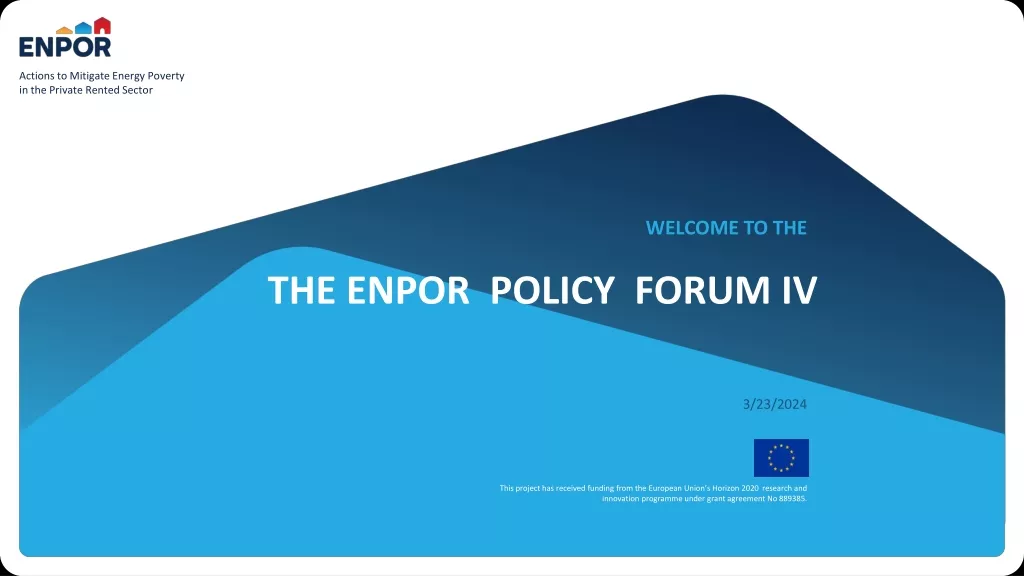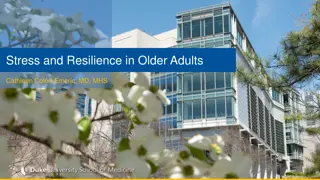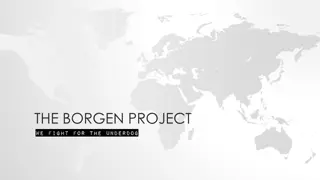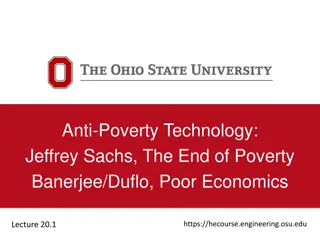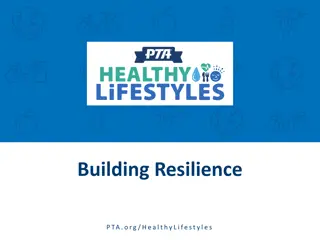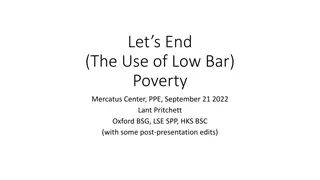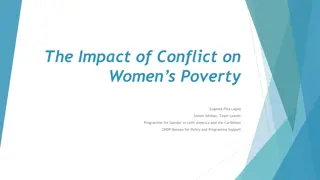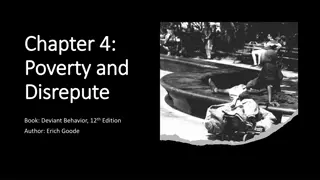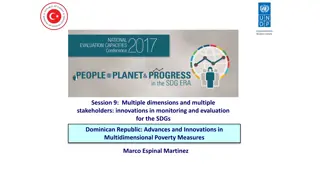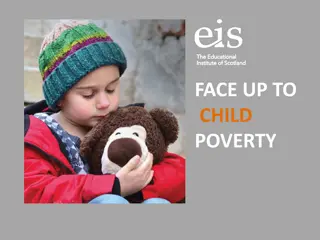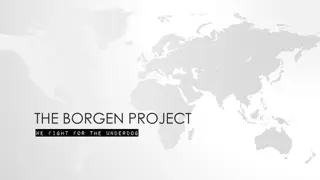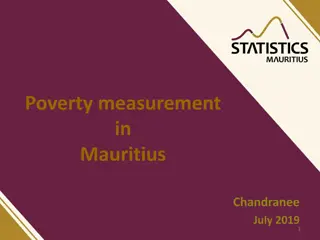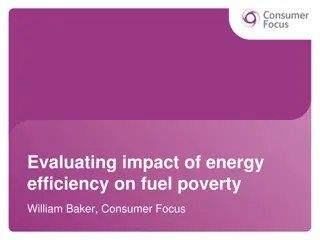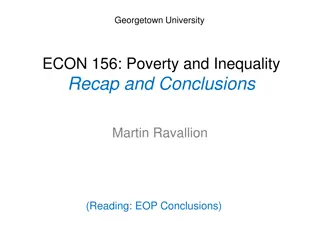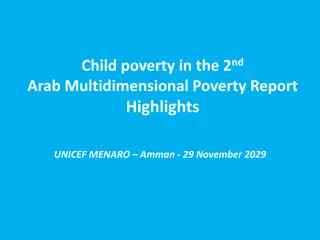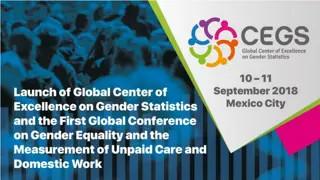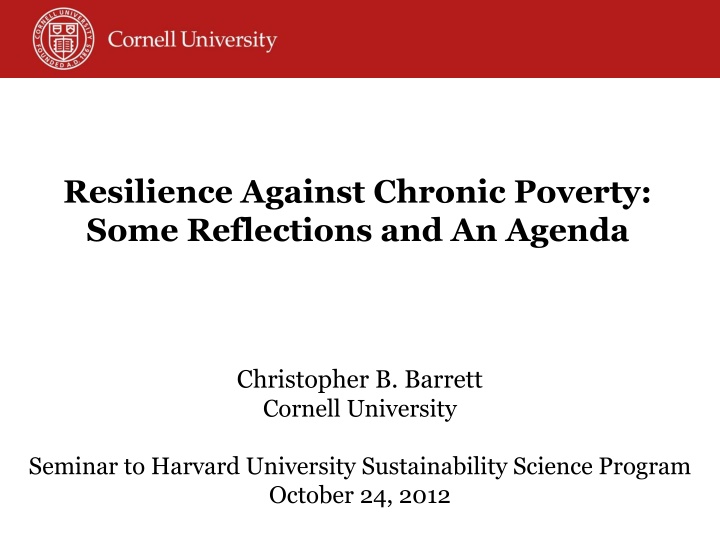
Resilience Against Chronic Poverty Reflections
Resilience has emerged as a critical concept in development and humanitarian spheres, seeking to bridge ecological/engineering theories with social science perspectives to address chronic poverty. This involves advancing a theory of resilience, developing measurement principles, and building empirical evidence to reduce chronic poverty by focusing on individuals' well-being and adaptability.
Download Presentation

Please find below an Image/Link to download the presentation.
The content on the website is provided AS IS for your information and personal use only. It may not be sold, licensed, or shared on other websites without obtaining consent from the author. If you encounter any issues during the download, it is possible that the publisher has removed the file from their server.
You are allowed to download the files provided on this website for personal or commercial use, subject to the condition that they are used lawfully. All files are the property of their respective owners.
The content on the website is provided AS IS for your information and personal use only. It may not be sold, licensed, or shared on other websites without obtaining consent from the author.
E N D
Presentation Transcript
Resilience Against Chronic Poverty: Some Reflections and An Agenda Christopher B. Barrett Cornell University Seminar to Harvard University Sustainability Science Program October 24, 2012
Motivation Resilience has quickly become a buzzword in the development and humanitarian communities. Two big drivers: 1) Perceived increasing risk climate, mkts, macroeconomy, violence, etc. in both frequency and intensity 2) Recurring crises lay bare the longstanding difficulty of reconciling humanitarian response to disasters with longer-term development efforts. Many recent calls for renewed efforts to build resilience quite explicitly aim to align humanitarian and development objectives. But we lack a theory-measurement-and-evidence-based understanding of what resilience is, how to measure it, and how to effectively promote it so as to reduce chronic poverty.
Motivation Shocks that disrupt lives and livelihoods: the single greatest cause of descents into chronic poverty (Krishna, etc.) Uninsured risk of catastrophic loss (stressors): a key structural reason for poverty traps (Carter&Barrett; Santos&Barrett) We seek to bridge the ecological/engineering literatures on resilience with the social science literature on poverty traps to: - advance a theory of resilience against chronic poverty - tease out measurement principles appropriate to the theory - build toward a body of empirical evidence on resilience
Focus Resilience of whom to what? Subject of interest quality of life, roughly Sen s capabilities . This implies a focus on individuals (and groups ) well-being within a system, not the state of a system itself. System has instrumental rather than intrinsic importance. Focus further on minimizing the human experience of chronic poverty. We therefore focus on places with high rates of chronic poverty. Do not focus on a specific source of risk b/c problem is uninsured exposure to a wide array of stressors and shocks to which resilience implies adaptability while staying non-poor.
Toward a theory We need to adapt ecological/engineering theory to the development/humanitarian response context. As used in ecology or engineering e.g., the ability of the system to maintain its identity in the face of internal change and external shocks and disturbances (Cumming et al. 2005 Ecosystems, p. 976) resilience is not necessarily desirable for populations trapped in chronic poverty. Their objective may be escape from not persistence in -- their present state of existence. To be useful for development policy, we need resilience to be a normative property, to be orderable and preferably decomposable (in FGT sense) in order to offer a useful metric to gauge performance and guide policy/programming.
Toward a theory Figure 1: Nonlinear expected well-being dynamics with multiple stable states E[future] capabilities Humanitarian emergency zone Chronic poverty zone Non-poor zone Current capabilities Death T1 Death T2 Noncontroversially: NPZ >> CPZ >> HEZ Those in CPZ or HEZ are chronically poor in expectation The CEF reflects indiv/collective behaviors (agency/power) w/n system
Toward a theory Figure 1: Nonlinear expected well-being dynamics with multiple stable states The development ambition is to move people into the non-poor zone and keep them there. E[future] capabilities Humanitarian emergency zone Chronic poverty zone Non-poor zone The humanitarian ambition is to keep people from falling into HEZ offers foundation of a rights- based approach to resilience. Current capabilities Death Death For the current non-poor, seek resilience against shocks in the ecological sense: no shift to either of the lower, less desirable zones. But for the current poor, those in HEZ/CPZ, the objective is productive disruption, to shift states. Asymmetry is therefore a fundamental property of resilience against chronic poverty. Thus stability resilience.
Toward a theory A Utopian, asymmetric vision of well-being dynamics: Figure 2: Desired expected well-being dynamics with multiple stable states E[future] capabilities Egalitarian option Humanitarian emergency zone Chronic poverty zone Non-poor zone Current capabilities Death Death Egalitarian option : engineering concept applies - return to initial state. Random walk w/safety net option : implies perfect downward resilience at NPZ/CPZ boundary but zero resilience upward or w/n NPZ.
Toward a theory Explicitly incorporate risk, move from CEF to CTD: Figure 3: Nonlinear well-being dynamics with conditional transition distributions Future capabilities Humanitarian emergency zone Chronic poverty zone Non-poor zone Death Current capabilities Death Note: The shape of the CTD affects the shape of the CEF Transitory shocks (- or +) can have persistent effects Risk may be partly endogenous to system state
Toward a theory Feedback between sub-systems can be crucial If we represent the preceding conditional transitions as: Wt+1=g(Wt|Rt, t) where W is welfare, R is the state of the natural resource, and is an exogenous stochastic driver Then simply introducing feedback between R and W (e.g., range conditions depend on herd size/stocking rate) Rt+1=h(Rt|Wt, t) or allowing for drift in (e.g., due to climate change) means the underlying CTD changes over time. Then the resilience of the underlying resource base becomes instrumentally important to resilience against chronic poverty.
Programming implications Objective: min likelihood people fall into HEZ/CPZ Three options: 1) Shift people s current state i.e., move initial state rightward. Ex: asset transfers: cash, education, land. 2) Alter CTDs directly (and thereby system too). Ex: social protection - EGS, insurance, improved police protection, drought-resistant animal/plant genetics. 3) Change the underlying system structure institutions/ technologies induces in behaviors and CTDs. Prob: multi-scalar reinforcement fractal poverty traps Systems modeling becomes important to reveal the structure and possible intervention points behind univariate dynamics.
Programming implications The importance of social institutional arrangements A tale of two widows And would the widower s dynamic = the widow s?
Toward measurement Define resilience as a or perhaps function (e.g., discount- weighted avg probability) of the sequence of period-specific Pr(well-beingt)<poverty line 1 Pr(well-being) Chronically poor just >T1 < Pov. Line Marginally poor just <T2 Begins in non-poor zone just >T2 Time 0 Big issues: - defining the poverty line? - units of observation individuals? households? aggregates? - frequency of longitudinal observation (retrospective/prospective)? - how to estimate probabilities? Objective/subjective? - how to allow x-sectional heterogeneity in CTDs/CEFs? - how to triangulate with subjective and qualitative measures?
Build empirical evidence Need to study interventions aimed at improving resilience and replicate across contexts: Candidates to discuss: i. Index-based livestock insurance for pastoralists ii. Safety nets (NREGS in India, PSNP in Ethiopia) iii. Soil health interventions (e.g., fertilizers, NRM) in African smallholder agriculture iv. Accelerated disaster response interventions (e.g., LRP of food aid vs. traditional, transoceanic deliveries) Develop longitudinal data on individuals and households integrating qualitative and quantitative measures in sentinel sites. Where ethical/feasible, use RCTs or exploit natural/policy discontinuities to identify causal effects. Use results to develop clear policy/programming guidance. Ex: HSNP vs. IBLI in Kenya; post-drought herd restocking; livestock gift programs
Summary Resilience is a popular buzzword now. But little precision in its use, either theoretically or empirically. Aim to help facilitate rigorous, precise use of the concept to help identify how best to reduce chronic poverty. This will require advances in theory, measurement and empirical work in many different contexts and over time. Much to do in all of these areas a massive research agenda.
Thank you Thank you for your time, interest and comments!

